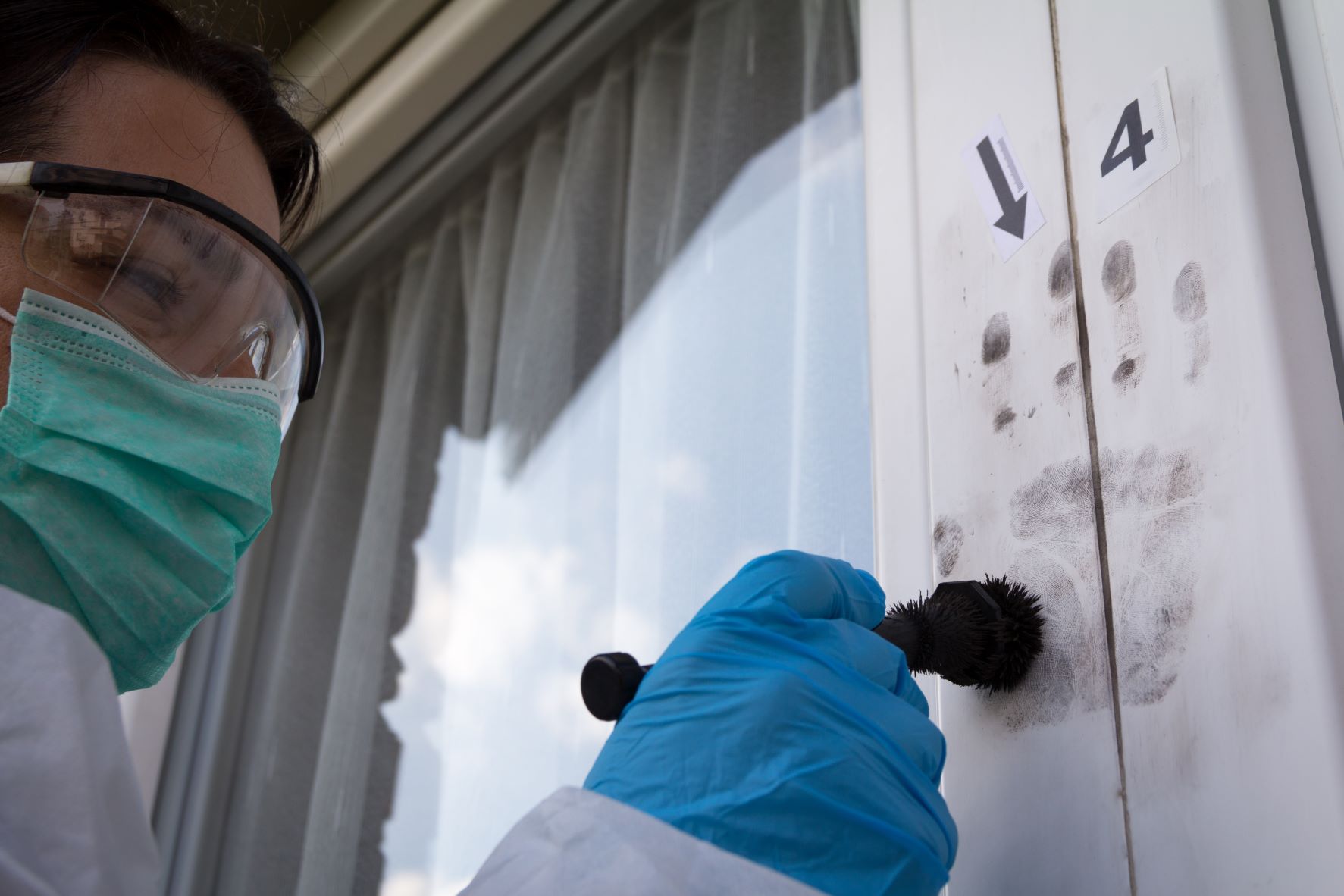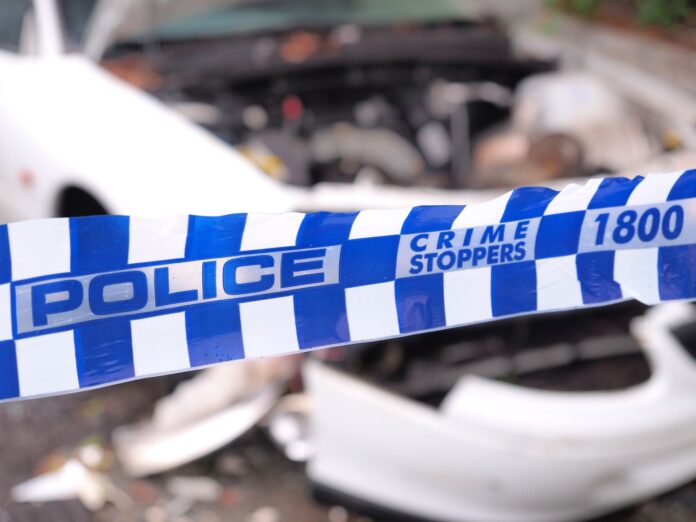There have been more than 200 break-and-enter-related offences on the Sunshine Coast since the beginning of January.
Crime scene management is an extremely crucial role of a police officer and can be done even more effectively with the public’s assistance.
A crime scene is any place where an indictable offence has been committed.
Mistakes in crime scene preservation include contaminating or missing evidence. If these mistakes are made it will significantly reduce the outcome of a successful prosecution.
Sunshine Coast police officers attend locations every day to determine whether there is an imminent need to protect and preserve physical evidence.
Physical evidence is any object, or thing with size, shape or dimension, and may be used in court.
Examples of physical evidence are cigarette butts, clothes, blood, hair, shoe prints, tool impressions, weapons, body fluids, fingerprints and tyre marks.

When determining the size of a crime scene, consideration is given to the location of where the offender may have entered or exited, where the potential evidence may be located and where the origin of the incident is located.
For example, if an offender breaks into your home and the front door has been left open and a window at the rear of the house has been broken, it is highly likely entry was via the rear window and the exit was through the front door.
Potential evidence would be gathered from the interior and exterior of the house as well as the surrounding yard. Don’t dismiss the possibility that items could have been discarded in a wheelie bin.
It is advised that nothing is removed or touched by any person until all forensic and technical examinations have been completed by specialised Sunshine Coast forensic police officers.
If an item of interest has been touched or moved it is recommended to record it and inform police of possible contamination.
Once a crime scene has been disturbed it will never return to its original condition.
This column is compiled by the Sunshine Coast District Crime Prevention Unit.
If you have information for police, contact Policelink by providing information using the online suspicious activity form 24 hours a day at Queensland Police – Reporting.
You can also report crime information anonymously via Crime Stoppers. Call 1800 333 000 or report online at Crime Stoppers.





